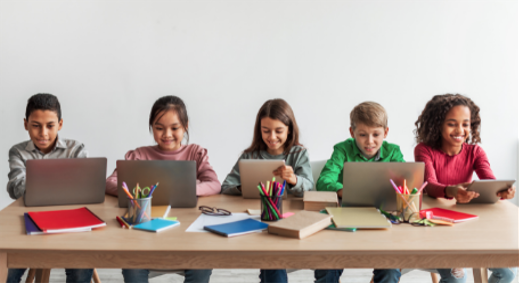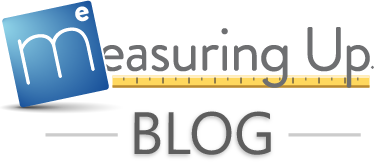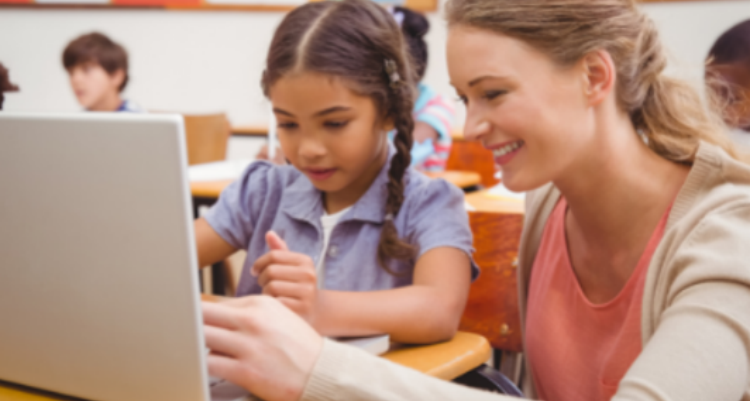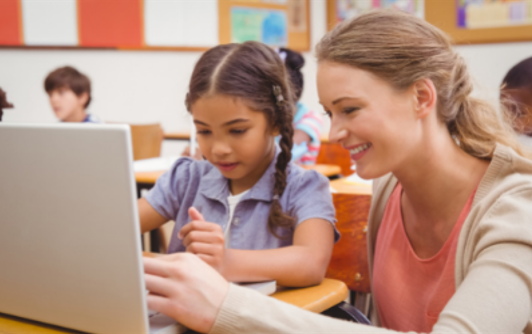Moving Forward with Blended Learning
School administration and educators faced a strenuous task in the wake of the COVID-19 pandemic: how to educate students without a classroom. As schools remained closed, educators relied on Google Classrooms, Zoom, and other online platforms to connect with students.
The pandemic has caused an incredible strain on our society, but it has also opened doors for the growth of online education. More than ever, people rely on technology to learn. With the recent transformation of online learning, we step further away from the traditional education model and towards a future where learning doesn’t solely take place in the classroom.
Although mask mandates have been lifted and many of us feel like things are getting back to normal, many schools are continuing to use online strategies to educate students. One popular strategy amongst educators is called blended learning.
What is Blended Learning?
Blended learning is an educational strategy that uses online and technology-based material to support traditional in-person learning. A 2010 study from The U.S. Department of Education found that blended learning strategies yielded better results than classes that solely used in-person strategies. What exactly qualifies as blended learning is still a topic of debate among scholars, but there are a few models that have been recognized for their positive impact on learning:
- Rotation model: students rotate stations on a fixed schedule, moving from technology-based stations to face-to-face time with their teacher.
- Enriched virtual model: students have required face-to-face learning sessions with their teacher and then are free to complete their remaining coursework remotely.
- Flex model: teachers deliver most content online, but in a traditional school setting. Teachers guide students through learning and provided one-on-one or small group help when needed.
How to Effectively Use Blended Learning
District Administration (Cheser, 2021) noted an increase in the use of technology being implemented in school had a rapid rise during the COVID-19 pandemic. Tasked with getting a remote program up and running, schools increased the use of technology Now that students and teachers are back in the classroom, more teachers are choosing to use a blended solution — technology combined with in-person learning — for a flexible learning model.

So, how can you make sure you’re effectively implementing this educational strategy? How will you know which model is right for your students?
You don’t have to figure it out on your own, Measuring Up offers blended learning solutions to help you make assessments, target instruction, and deliver differentiated instruction. Measuring Up offers eBooks and online tools specifically designed to help you meet your state’s educational requirements while using blended learning strategies.
Print and digital products by Measuring Up have been developed by experts in the field. Using their products frees up your valuable time and allows you to focus on what you love the most: teaching. With their dynamic assessments and practices, you’ll be able to use blended learning in the most effective way for your classroom.
Blended Learning is Here to Stay
We know that educators have used the blended learning strategy long before the COVID pandemic. Now we know that blended learning is here to stay. It’s clear that blended learning has a lot of value to offer our education system. If you have never used blended learning models before, it’s not too late! Talk to your administration about using Measuring Up resources to get started with blended learning.
Reference
Karen Cheser | September 16, 2021 noted Four ways active learning spaces support the modern educational environment. https://districtadministration.com/4-ways-active-learning-spaces-support-the-modern-educational-environment/?highlight=node%2Fblended%20learning


